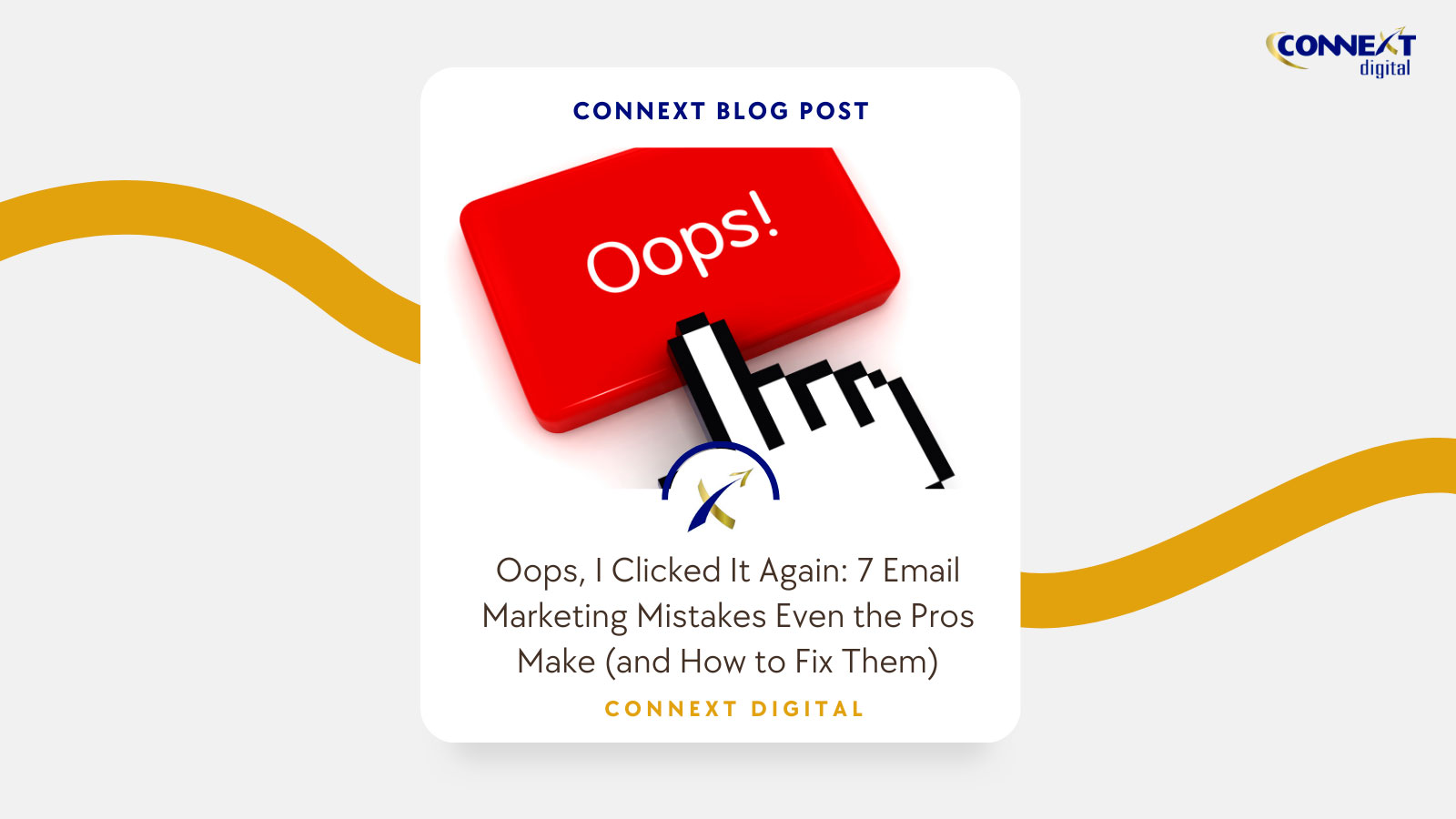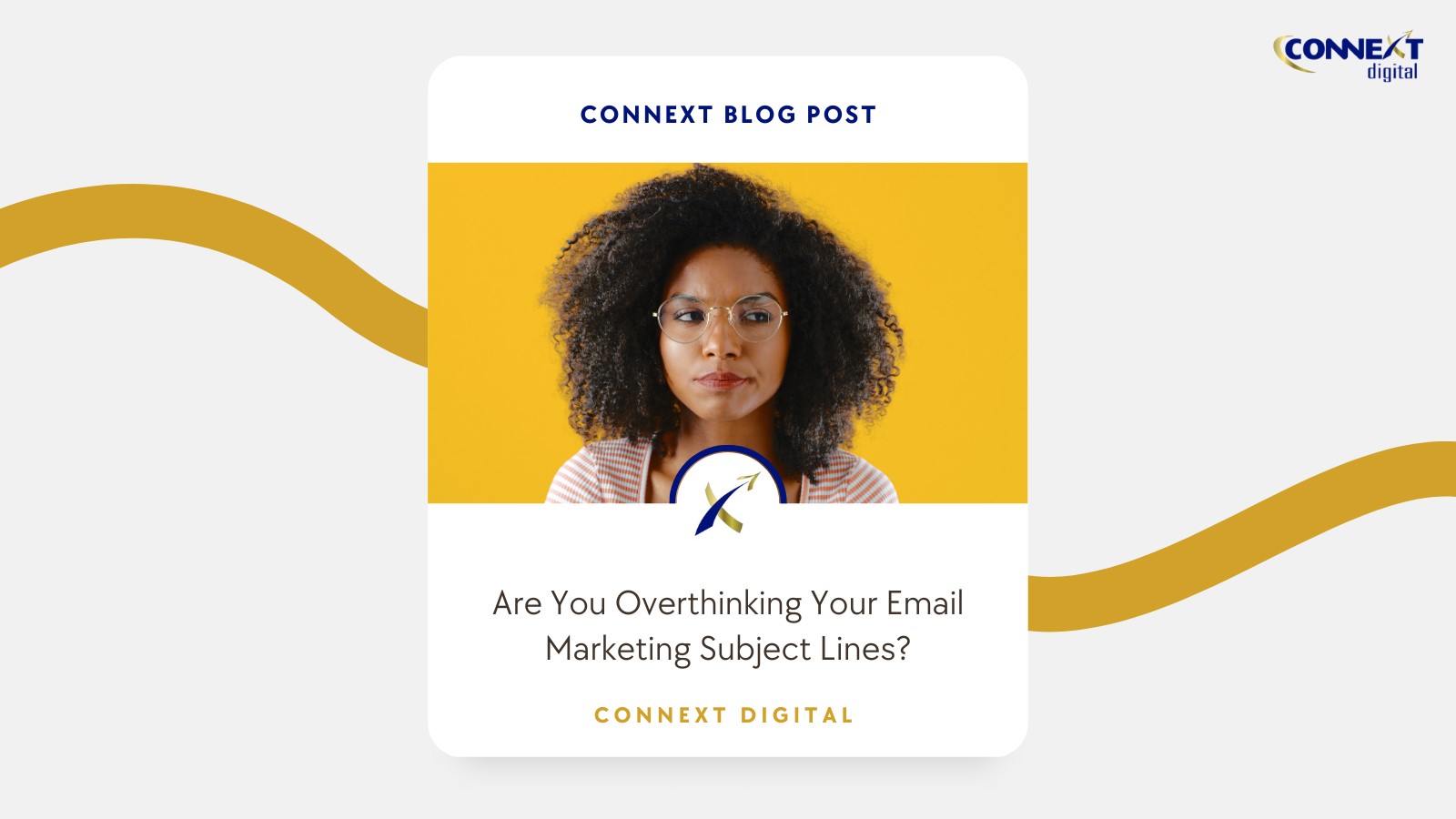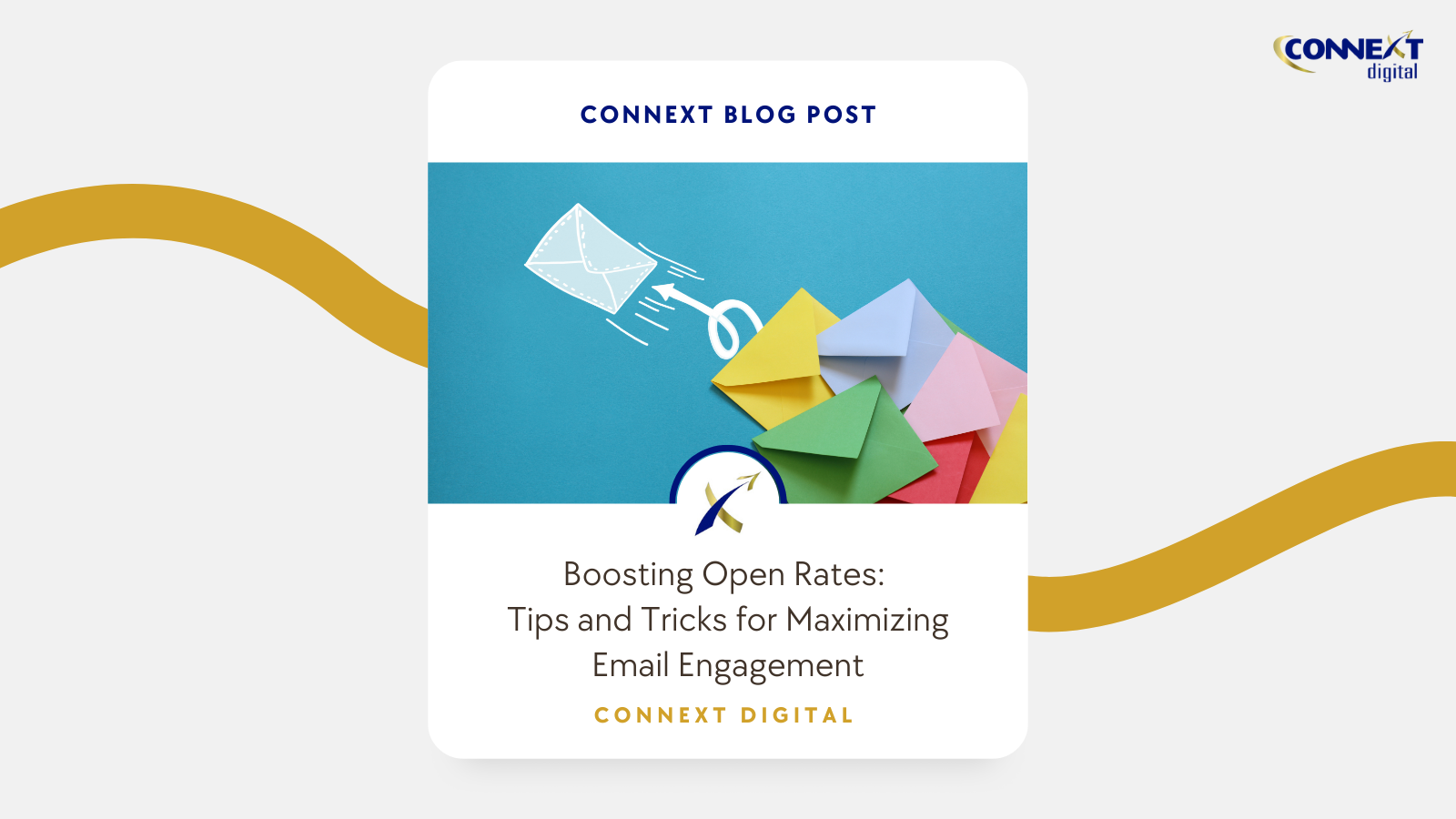
8 Common Social Media Marketing Mistakes and How to Correct Them
Social media has changed in the last decade, going from a tool to reconnect with old friends and meet new people to a vital and highly effective channel for digital marketing and brand-building.
Just how effective is social media as a digital marketing tool? Recent surveys report that adults aged 18-34 are most likely to follow brands through social media and 71% of consumers who have had positive social media service experiences with brands are likely to recommend those brands to others.
Social media allows your brand to widen its reach and interact with your existing customer base. The key to social media marketing is learning how to use these platforms to your brand’s advantage. In this fast-paced industry, it’s important to learn from what has already been done to avoid possible pitfalls.
This article will focus on eight examples of common social media marketing mistakes and how to correct them, helping your brand stay on top with mobile audience targeting.
1. Starting a campaign without a strategy
Social media marketing will perform as good as the strategy behind it. More than just making a certain number of posts a day, your brand’s strategy will be the foundation for everything that follows.
Effective social media strategies include an action plan aligned with your company’s specific goals. It also includes the type of posts and content for your chosen platforms, as well as the kind of tone and voice your brand will take on.
2. Not keeping track of the metrics
Metrics provide a concrete way to monitor the performance of your social media marketing. These numbers and statistics can provide valuable insight that allows your brand to see which strategies work and which ones need adjusting.
These figures are also viewable in real-time, allowing you to stop ineffective content and replace it with something better in no time. This makes testing and tweaking content and strategies easier, bringing you closer to your objectives.
3. Approaching each social media platform the same way
Social media platforms may seem the same on the surface, but each one has its own quirks. It’s in understanding these quirks that your content can be more effective.
Consider the differences in strengths, features, and user demographics for your choices in platforms. Once you’ve found the platforms that best satisfy your business goals, your strategy should include the kind of content that will work best with those formats. Tailor-fitting your content to the platform it will be shared on will help maximize your efforts.
4. Not making targeted content
Creating content for broad audiences, instead of content tailored to your target audience or your ideal buyer personas, can lead to underwhelming results.
Part of your brand’s marketing strategy is identifying your target audience and ideal buyer personas in order to create content that interests and engages them. Knowing your audience’s online behaviors, concerns, and demographics from the get-go will make your content all the more valuable and meaningful to them.
5. No “heart”
At the end of the day, your brand is connecting with real people. Content that is too structured and formal will feel insincere. Social media profiles can be an opportunity to show the more human side of your brand.
Creating interesting content that shows your brand’s culture and the faces of those behind it can go a long way in making your brand relatable. It can also serve as part of the company’s unique voice, setting it apart from the competition.
6. Not enough engagement
Your social media profile goes beyond showing what your brand has to offer. The “social” aspect of social media means that your target audience has the chance to leave feedback and interact with your content and with your brand, to an extent.
Responding to the replies on your content helps you further nurture the link your target audience has with you. Frequent and quick responses from your team can increase engagement on your page and even attract more people into participating and following you.
7. Focusing too much on brand promotion
While it’s important that you’re able to encourage your audience to try your brand’s products or services, too much promotion can make your followers lose interest.
It’s recommended to do one promotional post for every four non-promotional posts. For non-promotional posts, the goal is to share valuable content with your audience. This can be how-to guides, infographics, images, blogs, and re-shares of content aligned to your brand profile.
8. Error-filled content going live
Good strategy can get derailed by posts that were poorly written or left unchecked. To ensure the quality of your posts, it’s important to have your social media team review any and all content before publishing. This goes beyond text posts – images, videos, and graphics need to be reviewed as well.
Having a content approval flow can also minimize the number of errors that reach the final content before going live.
Less Mistakes Mean a More Effective Campaign
To sum it up, social media marketing requires a thoughtful approach. Effective strategies for social media both satisfy your business goals and keep your followers’ experience with the brand positive and meaningful. At the end of the day, the “social” in social media rings true – your presence on these platforms is an avenue to forge connections with your target audience and nurture relationships with your existing base.
If your brand sees the potential in having its own voice in this ever-changing digital landscape, Connext Digital offers quality social media marketing solutions that best fit your needs.






